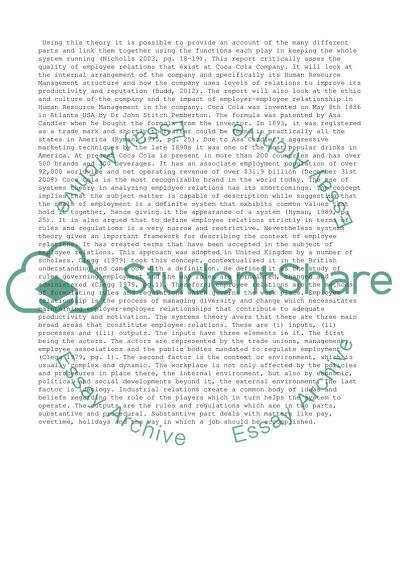Cite this document
(“A Critical Evaluation of the Quality of Employee Relations Essay”, n.d.)
Retrieved from https://studentshare.org/management/1404399-employee-relations-report
Retrieved from https://studentshare.org/management/1404399-employee-relations-report
(A Critical Evaluation of the Quality of Employee Relations Essay)
https://studentshare.org/management/1404399-employee-relations-report.
https://studentshare.org/management/1404399-employee-relations-report.
“A Critical Evaluation of the Quality of Employee Relations Essay”, n.d. https://studentshare.org/management/1404399-employee-relations-report.


